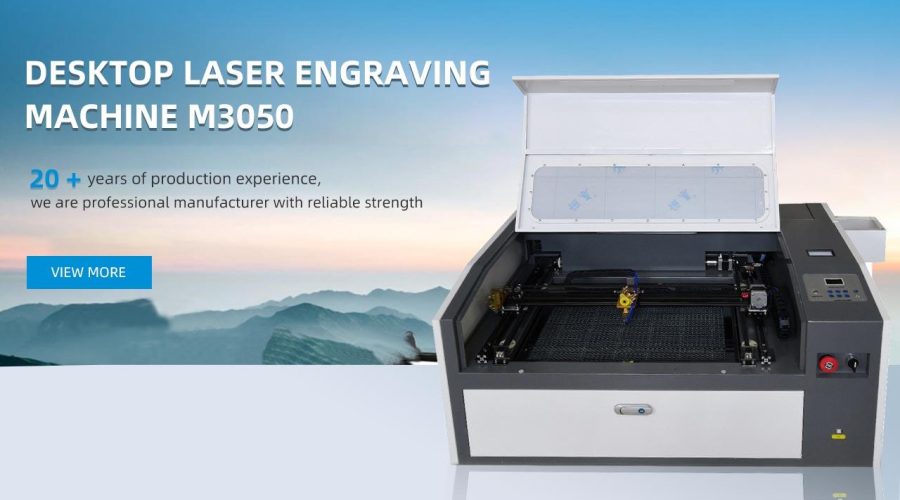What is GRBL Software for Laser Engravers and How Does It Work?
If you are a laser engraving enthusiast, you may have come across the term “GRBL” in your searches for software to control and operate your laser engraver. GRBL stands for “G-code Real-time Language” and it is a firmware and software package commonly used to control CNC (Computer Numerical Control) machines, including laser engravers. In this article, we will explore what GRBL software is, how it works, and why it is a popular choice among laser engravers.
Understanding GRBL Software
GRBL software is an open-source project that allows users to convert their computer-generated designs into a format that can be interpreted by CNC machines, such as laser engravers. It acts as a translator, taking the G-code instructions generated by design software (such as Inkscape or Adobe Illustrator) and sending them to the laser engraver. These G-code instructions control various parameters of the laser engraver, including the speed, power, and position of the laser beam.
GRBL software is typically loaded onto an Arduino board, which acts as the “brain” of the CNC machine. The Arduino board receives the G-code commands from the computer, interprets them, and sends the appropriate signals to the laser engraver’s motors, stepper drivers, and other components to carry out the engraving process. The use of Arduino boards makes GRBL software compatible with a wide range of laser engravers, as long as they have the necessary electronic components.
Features and Benefits of GRBL software
GRBL software offers a range of features and benefits that make it a popular choice among laser engravers:
- Open-source: Being an open-source project, GRBL software is freely available for download and modification. This allows the laser engraving community to contribute to its development and improve its functionalities over time.
- Compatibility: GRBL software is designed to work with a variety of CNC machines, including laser engravers. Its compatibility with different hardware makes it a versatile choice for laser engraving enthusiasts with various setups.
- User-friendly interface: GRBL software typically comes with a user-friendly interface that allows users to easily upload their designs, set the engraving parameters, and start the engraving process. This makes it accessible even to those with limited technical knowledge.
- Real-time adjustments: With GRBL software, users can make real-time adjustments to their engraving settings. This means they can monitor the progress of the engraving job and fine-tune factors like speed, power, and depth to achieve the desired results.
How GRBL Software Works
GRBL software works by converting the design created in graphical software into a series of G-code instructions. These instructions are essentially a set of commands that specify the movements and actions the laser engraver needs to perform to create the design.
When a design is ready for engraving, it is exported from the design software in a vector format (such as SVG) or converted to a raster format (such as BMP or JPEG) using software like LaserGRBL or LightBurn. It is important to note that GRBL software typically works with vector formats, as they provide a more precise control over the laser engraving process.
Once the design is prepared, it is imported into the GRBL software, which generates the corresponding G-code instructions. These instructions contain information about the engraving speed, laser power, and the sequence of movements the laser engraver’s motors need to make to trace the design accurately.
After the G-code is generated, it is sent from the computer to the Arduino board via a USB connection. The Arduino board, loaded with the GRBL firmware, receives the G-code, interprets it, and translates it into electrical signals that control the laser engraver’s motors and other components.
As the engraving process begins, the Arduino board continuously reads and executes each G-code command in real-time, allowing for precise control over the laser’s movements and power. This ensures that the design is accurately engraved onto the desired material.
The GRBL software also allows users to pause or stop the engraving process if needed. This can be useful in situations where adjustments or changes need to be made during the engraving job.
Overall, GRBL software simplifies the laser engraving process by acting as a bridge between design software and CNC machines. It enables laser engravers to bring their creative designs to life with precise control and efficiency.
Frequently Asked Questions (FAQs)
Q: Is GRBL software compatible with all laser engraving machines?
A: GRBL software is compatible with a wide range of laser engraving machines, as long as they are equipped with the necessary electronic components. However, it is always recommended to check the compatibility of your specific machine before using GRBL software.
Q: Can I modify the GRBL software to suit my specific needs?
A: Yes, GRBL software is open-source, which means you can modify and customize it according to your specific requirements. However, it is advisable to have a good understanding of the software and its functionalities before attempting any modifications.
Q: Are there any alternatives to GRBL software?
A: Yes, there are several alternative software options available for controlling laser engraving machines, such as Smoothie, Mach3, and LightBurn. Each software has its own set of features and compatibility requirements, so it’s important to research and choose the one that best suits your needs.
In conclusion, GRBL software is a powerful tool that allows laser engravers to convert their designs into G-code instructions and control their machines with precision. It offers a user-friendly interface, real-time adjustments, and compatibility with a wide range of CNC machines. Whether you are a beginner or an experienced laser engraver, GRBL software can streamline your engraving process and help you achieve stunning results.





